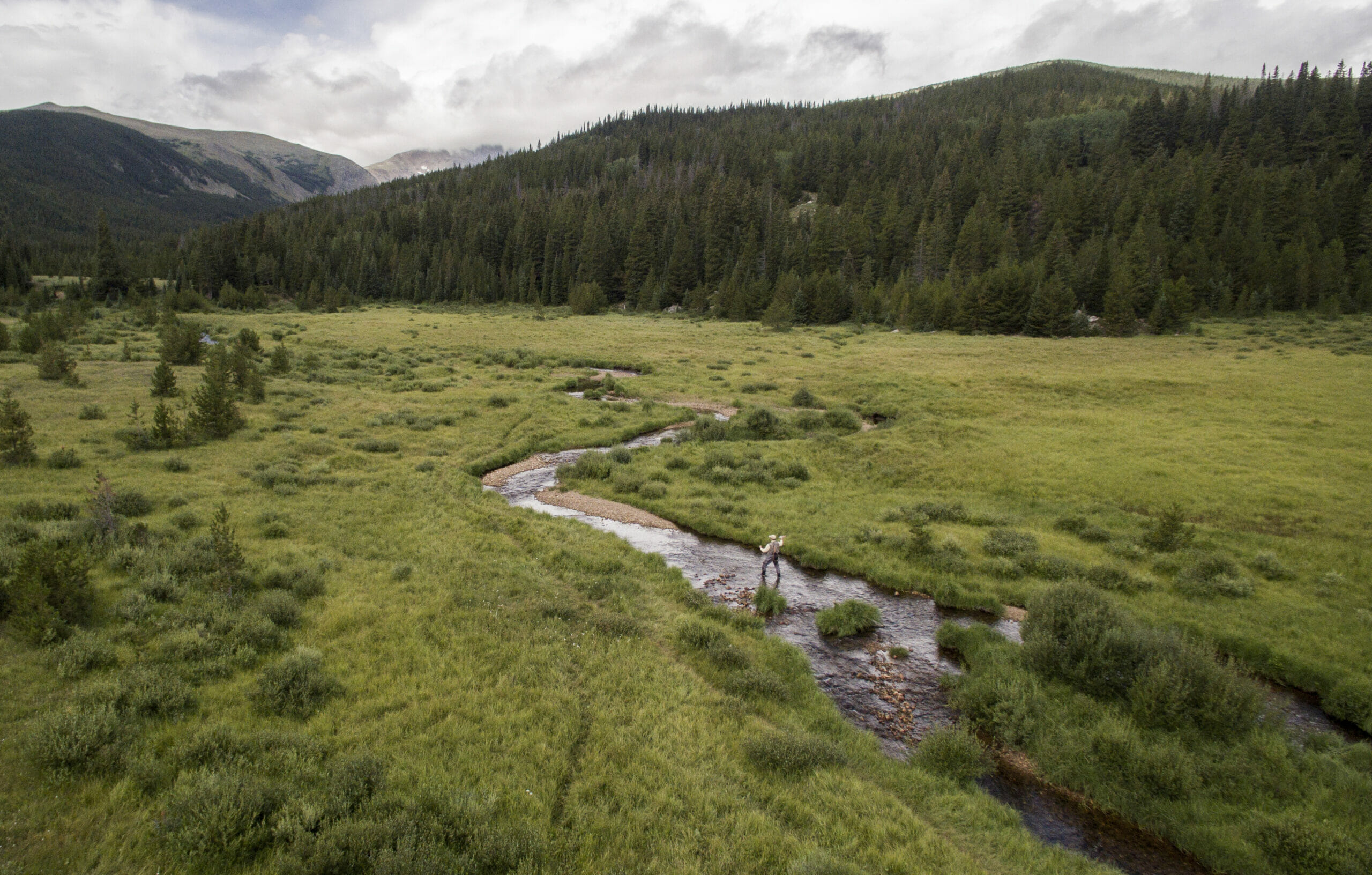As summer winds down and we transition to the shorter days and cooler temperatures of fall, project season is in full swing for us. As TU’s project footprint grows in New Mexico, our intent is to better tell our story and provide more opportunities for TU members and the angling community to engage in the work of restoring coldwater habitat.
Consider this update a prelude to a forthcoming New Mexico-focused website and quarterly newsletter, expected to launch in the coming months, which will allow us to better tell the story of our ever-expanding work in the Land of Enchantment.
Our growing team in New Mexico and Colorado’s San Luis Valley have enabled us to post a banner year for implementing restoration projects. We’re on track to put over $2 million on the ground this year to restore habitat for Gila and Rio Grande cutthroat trout, enhance non-native fish barriers, and reconnect tributary streams for improved spawning and rearing for our precious native trout.
As you review the following project descriptions, please know that support from you and the entire TU community really does make this work possible. Look for our next update sometime this fall. In the meantime, we hope you enjoy the cooler days ahead and find time to get out on the water and experience the natural beauty of this place we call home.
Northern New Mexico Projects
Rio San Antonio
Our restoration work on the Rio San Antonio, located near the Cruces Basin, began in 2021 after a population of pure Rio Grande cutthroat trout was found in the stream. With support from the US Forest and the New Mexico Department of Game and Fish, we’re working with Watershed Artisans to improve fish habitat, lower water temperatures, and reconnect the stream to its floodplain. To date, nearly two miles of stream habitat have been restored, with additional work planned for the coming years, including volunteer events like willow planting to bolster the stream’s long-term health. The total project area encompasses over 7 miles of Rio San Antonio and Lagunitas Creek.
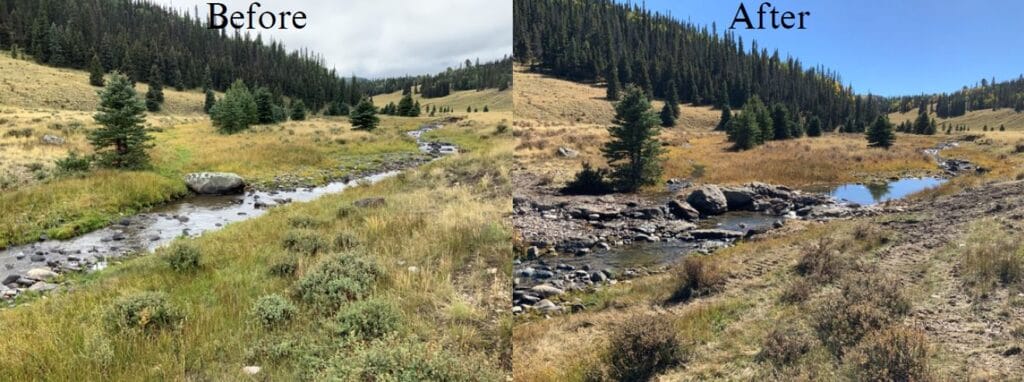
Valle Vidal Fish Passage
Through a grant from the US Fish and Wildlife Service’s National Fish Passage Program, TU and its partners are embarking on a final phase of the decades-long work to restore native Rio Grande cutthroat to the Valle Vidal. We are currently focusing on installing two bottomless culverts on La Cueva and Turner Creeks, tributaries to the Rio Costilla and important spawning and rearing streams.
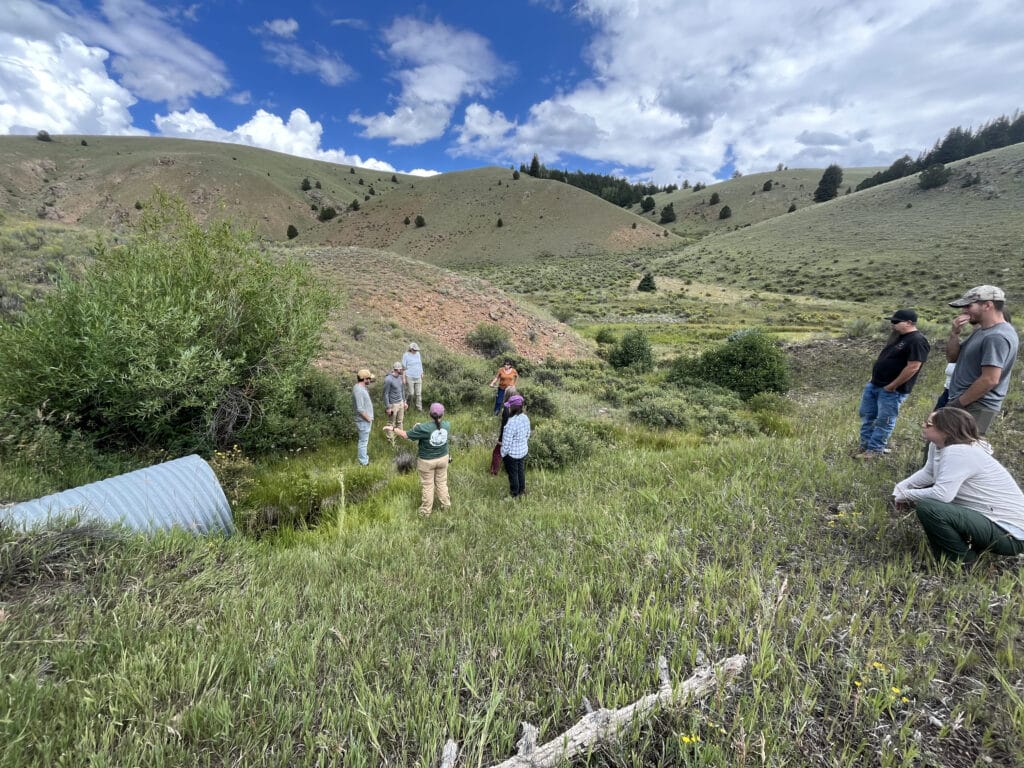
Chihuahueños Creek Habitat Improvement
Chihuahueños Creek is a remote headwater stream in the Jemez Mountains and one of TU’s first cutthroat restoration projects in New Mexico. The steam had become overly wide and shallow in areas leading to higher summer stream temperatures and disconnection from its historical floodplain. Phase one of this work implemented process-based restoration along four miles of stream to reconnect the channel to its floodplain, repeair large headcuts that were causing erosion within the stream channel. Ultimately, these remedies promise to reduce stream temperatures during the hot months of summer.
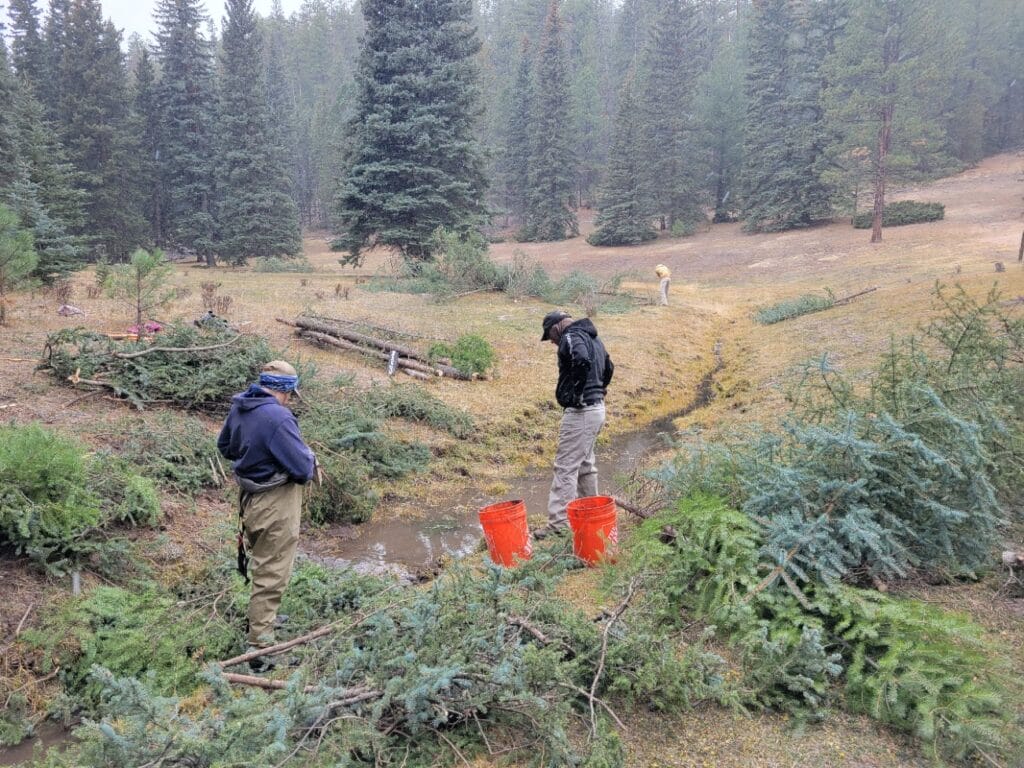
El Rito Creek Habitat Improvement
TU’s work on El Rito Creek will commence soon. This project focuses on restoring habitat along a heavily used stretch of stream adjacent to a popular campground. By redesigning road crossings and improving instream and riparian habitat, we will create a healthier fishery, cleaner water, and more sustainable recreation experience. TU and its partners are currently planning projects to restore upstream portions of the El Rito watershed.
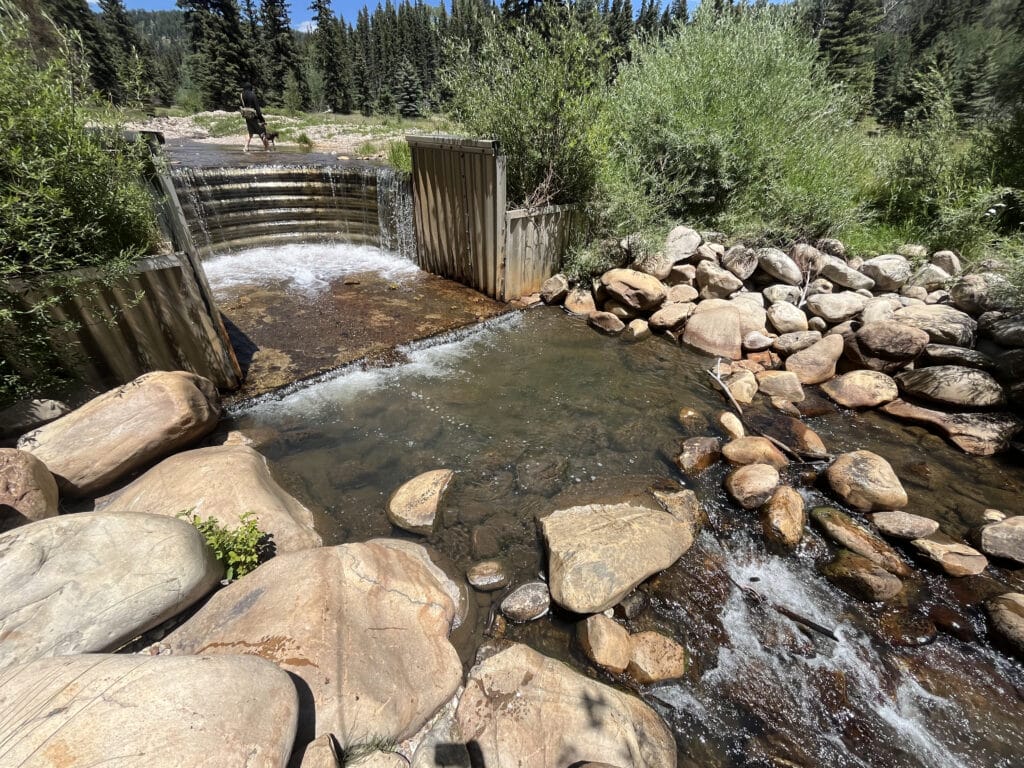
Rio Grande Cutthroat Barrier Enhancements
With funding from the US Forest Service, TU staff are assessing and improving the functionality of four fish barriers on tributary streams in Carson National Forest that are critical to protecting Rio Grande cutthroat from invasion by non-native trout species.

Rio Chama Habitat Improvement
There is light at the end of the tunnel for TU’s years-long effort to improve fishing habitat in the center of the Village of Chama. Recently completed engineering designs call for durable boulder and log structures that will improve stream function and increase holding water for wild and stocked fish. Funded by the New Mexico Environment Department’s River Stewardship Program, this is a classic example of TU working with communities to improve watershed function with an eye towards improving the local economy. Implementation is expected to begin in the spring.
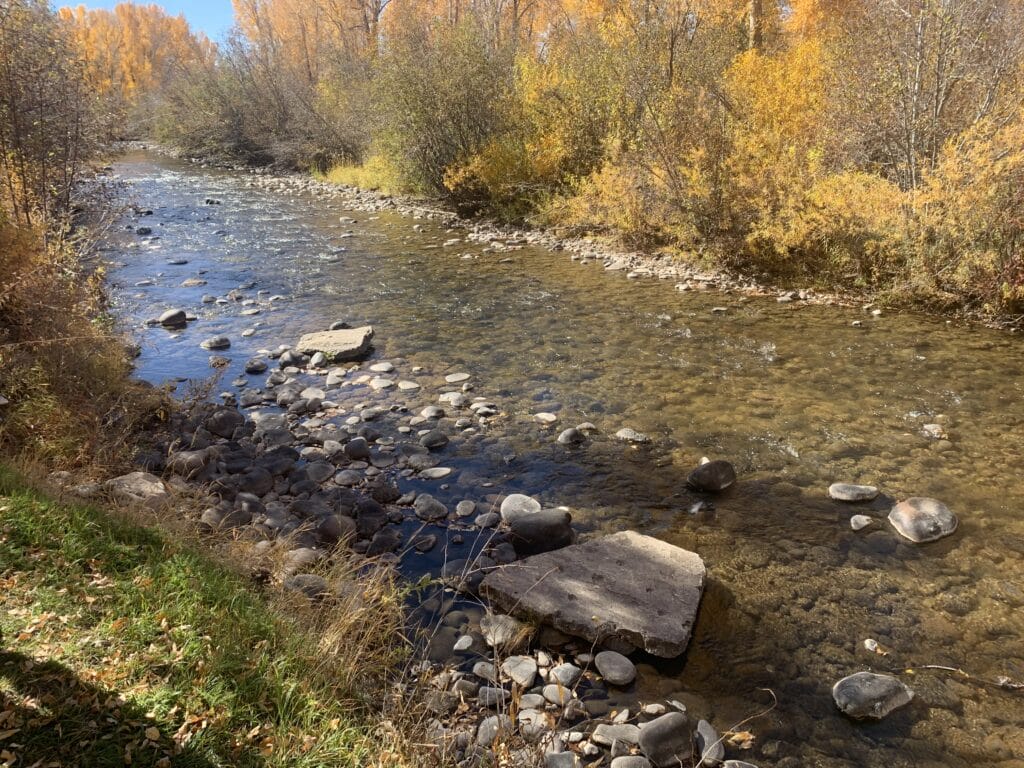
Gila Headwaters Projects
Gilita Creek Habitat Improvement
We are in the beginning stages of a multi-year, process-based restoration project in the Gilita Creek watershed, where wildfire did extensive damage to the area in 2007 and 2012. This project will focus on recovering instream and riparian habitats by reconnecting floodplains, planting riparian vegetation, and limiting grazing pressure. Gilita Creek has enormous potential to be high quality habitat for Gila trout and other native species, like North American beaver.
Little Turkey Creek Restoration
Impacted by the Whitewater-Baldy Wildfire of 2012, Little Turkey Creek is a Gila trout stream and tributary to Willow Creek where TU’s Gila/Rio Grande Chapter has been bringing the stream back to life with funding from New Mexico’s River Stewardship Program and help from volunteers. The ongoing restoration work aims to restore Little Turkey’s pre-fire condition through the installation of low-tech erosion control structures and planting native vegetation, all done by hand in a wilderness setting.
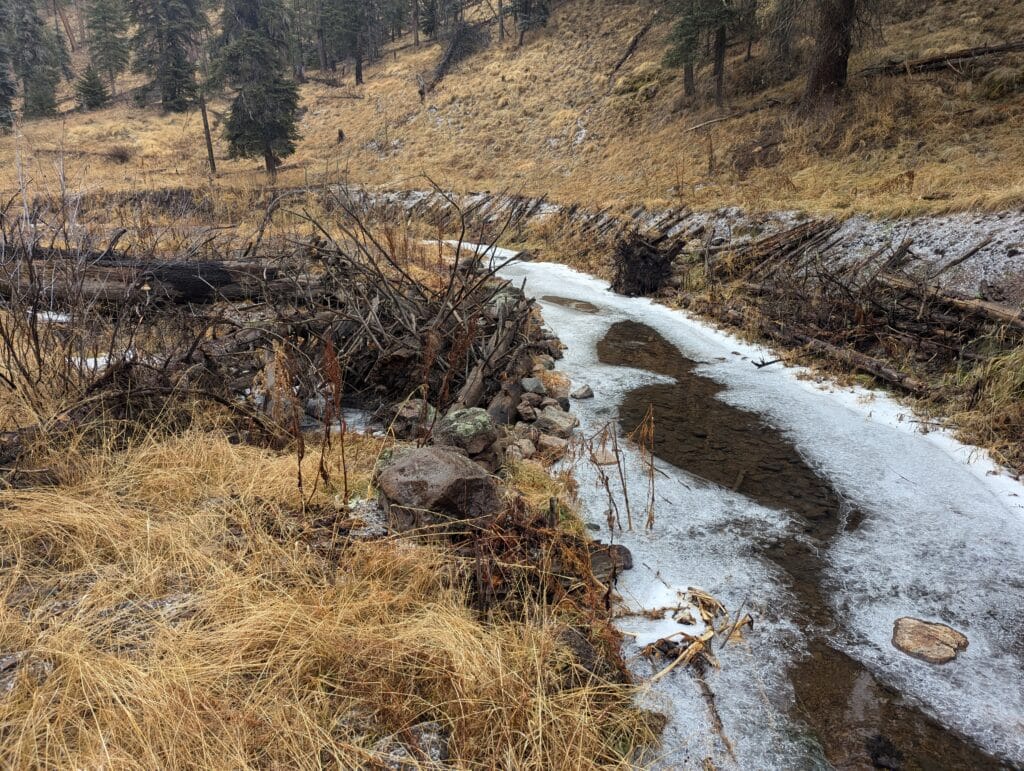
Rio Grande Headwaters (San Luis Valley) Projects
Rio Grande Flow Restoration
In Colorado’s San Luis Valley, TU is augmenting stream flows in the headwaters of the Rio Grande. Our Winter Flow Program is a collaboration between agricultural users, businesses, and state agencies to keep year-round flows at a sustainable level in popular trout streams. A newly launched summer program is helping to keep water in the Conejos River when trout need it most. Working in collaboration with San Luis Valley water users, we’re helping to get more out of every drop of water to the benefit of farms and fish.
Cutthroat Trout Restoration in San Luis Valley
Throughout Colorado’s San Luis Valley, TU staff are working closely with state and federal partners to restore native cutthroat trout to more of their historic range. On Medano Creek, we’re working with the National Park Service to protect a core conservation population of cutthroat trout by installing a state-of-the-art irrigation headgate. With the Rio Grande National Forest, we’re working to improve fish passage on South Fork of Saguache Creek. And we’re assessing road stream crossings with Colorado Parks and Wildlife and the U.S. Fish and Wildlife Service to identify barriers to upstream migration, which is critical to native trout during spawning periods.
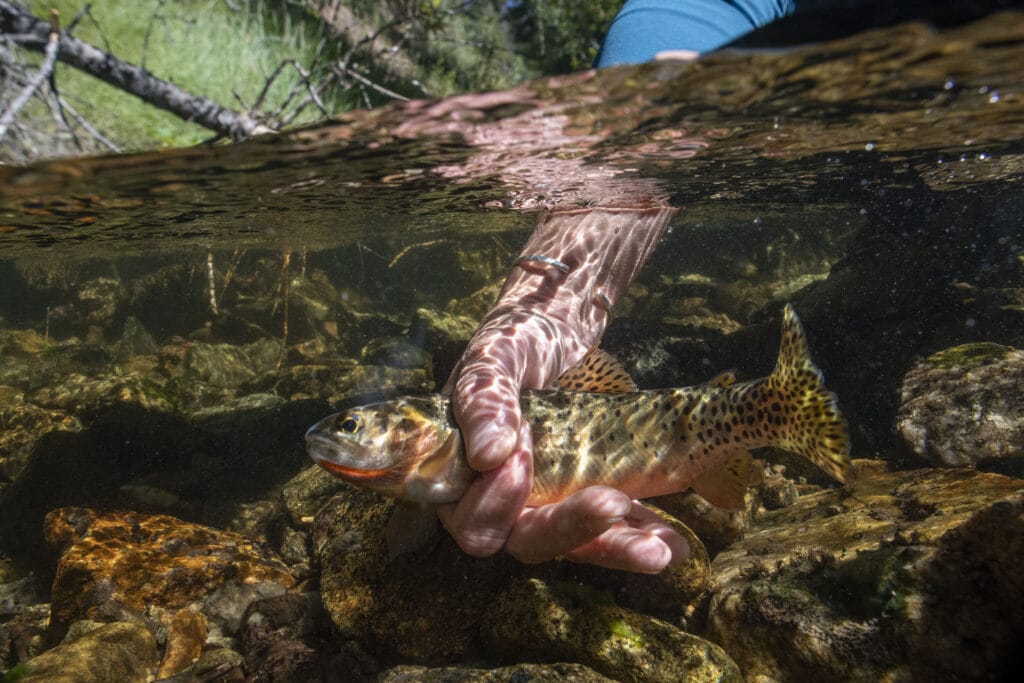
Final Thoughts
As we move these existing projects along, we’re contemplating new ways we can advance our coldwater conservation mission in the Land of Enchantment and the headwaters of the Rio Grande in the years ahead. We’re in this for the long haul, and we’re motivated by the fact that this work truly is restorative. With each stream mile improved, we move another step closer to the realization that the next generation really can experience the joy of wild and native trout, right here in our home waters.


